EDIRNE
North of Tekirdag on the border between Greece and Turkey, Edirne was for some years the Ottoman capital, and in the 18th century one of the seven largest cities in Europe. On a verdant plain of poplar trees near the junction of the Tunca and Meric Rivers, this graceful historical city welcomes visitors as they make their way to Istanbul and other points east. The people of the Edirne area trace their origins beyond the rule of the Macedonians. The Roman emperor Hadrian rebuilt the city and renamed it Hadrianople after himself. With the division of the Roman Empire, the Byzantines claimed Edirne and in 1361, Sultan Murat 1 added it to his empire. Its position for almost 100 years as capital of the Ottoman Empire accounts for its many historically and architecturally important buildings. With its mosques, religious complexes, bridges, old bazaars, caravanserais and palaces, Edirne is a living museum. The Selimiye Mosque is the city’s focal point. Occupying the top of a hill, Sinan’s design reflects the classical Ottoman style.
Built on the orders of Sultan Selim II, (1569-1575) it attests to the technological abilities of the day and the genius of the Ottoman’s master architect. Built between 1403 and 1414 by Mehmet I, the Eski Mosque is the oldest Ottoman structure in Edirne. The white marble of its portal contrasts with the building’s cut stone and brick masonry. Calligraphic inscriptions of Koranic verses decorate the interior. The Ucserefeli Mosque, built between 1438 and 1447 by Murat I, presages the great period of Ottoman mosque architecture under Sinan and embodies both a new freedom from restraint and advances in engineenng. The northwest minaret has three galleries, hence the mosque’s name, and was the highest minaret until those of the Selimiye Mosque eclipsed it. Towards the end of the 15th century, Beyazit II commissioned the architect Hayrettin to build him a complex in Edirne which includes a mosque, Daarrussifa (hospital), medrese, kitchen and store rooms. The mosque is square in plan and covered with a deep dome; over 100 domes roof the remainder. The most important of the other buildings is the Daarrusifa which stood out iriits time as a modem hospital with a unique and humane architectural design. Little has changed in the Kaleici section of Edirne since the Middle Ages. Narrow streets lined with houses wind through the area. The number of small restaurants and cafes reflect the district’s renaissance. Sinan built several of the famous baths in Edirne including the Sokollu, Tahtalale, Mezit Bey, Beylerbeyi and Gazi Mihal. His work is also seen in the Ahmet Pasa Caravanserai and the Rustem Pasa Caravanserai of 1561. The latter has been renovated and serves as a charming hotel. The old bedesten of the early 15th century still functions as Edirne’s main marlet. As you drive around the area you will notice many lovely Ottoman bridges gracing the Tunca and Meric Rivers.
Edirne has retained many of its colorful traditions and customs. Every summer, where the Tunca River divides, an emerald green meadow is created, called Sarayici, where the Kirkpinar Greased Wrestling Contests are held. Shiny, slippery bodies grapple to determine who will emerge as champion. As you walk through the city and peer into the corners of the grocery stores, you see blocks of white feta cheese, a local speciality Hardaliye, another of the city’s delicacies, is a grape drink mixed with mustard and marzipan. Scented soaps, earthenware pots and straw baskets from Edirne make good souvenirs. You will find it difficult to resist the beautiful embroidery work of the local women. The Archaeology and Ethnography Museum traces the history of the area from prehistoric to Byzantine times and exhibits clothing from the late Ottoman period. At the Turkish Islamic Art Museum examples of Ottoman artitectural details, calligraphy, manuscripts, Koratis, weapons, glass and an imperial tent used on military campaigns are displayed.
On the way to the Saroz Gulf in the Aegean Sea, you can stop at uzunkopru to see an interesting bridge spanning the Ergene River, built by Murat II in 1444. Its 174 arches, the highest of which is 12.28 meters, make up its 1,354-meter length. The mild climate and beautiful surroundings on the Saroz Gulf invite holiday makers for a break of relaxation. On the northern edge of the gulf are the lovely lbrice and Erikli beaches. Here hotel and guest-house facilities are plentiful and reasonably priced. Enez (Ainos) was an important port in ancient times today it lies 3.5 km. inland. Its origins can be traced to the 12th century B.C. and was an important, settlement during the Hellenic, Roman, Byzantine and Ottoman periods. Currently, it remains an open air museum and was built by the, Kyme people and was known as a colony of western Anatolian civilization Enez Castle has been restored several times throughout history and is well worth a visit. There is also a church dating from the 6th century, some carved tombs and a beach with clear water. The people here are quite hospitable and Enez makes an interesting stopover.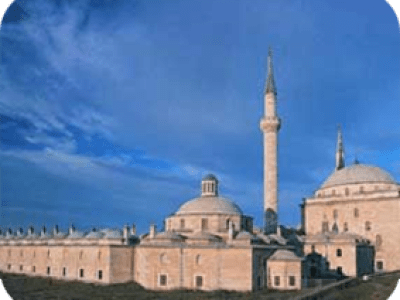
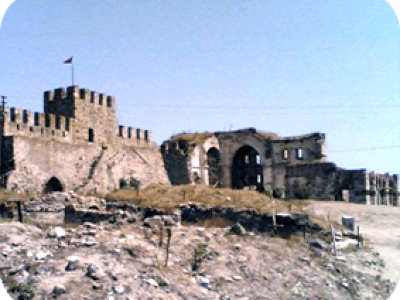
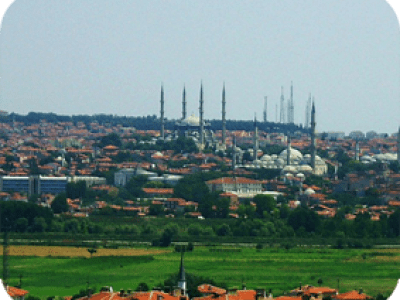
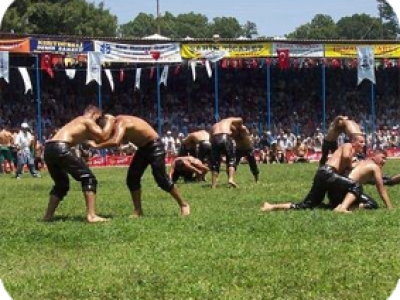
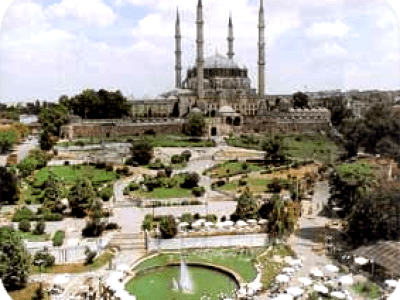

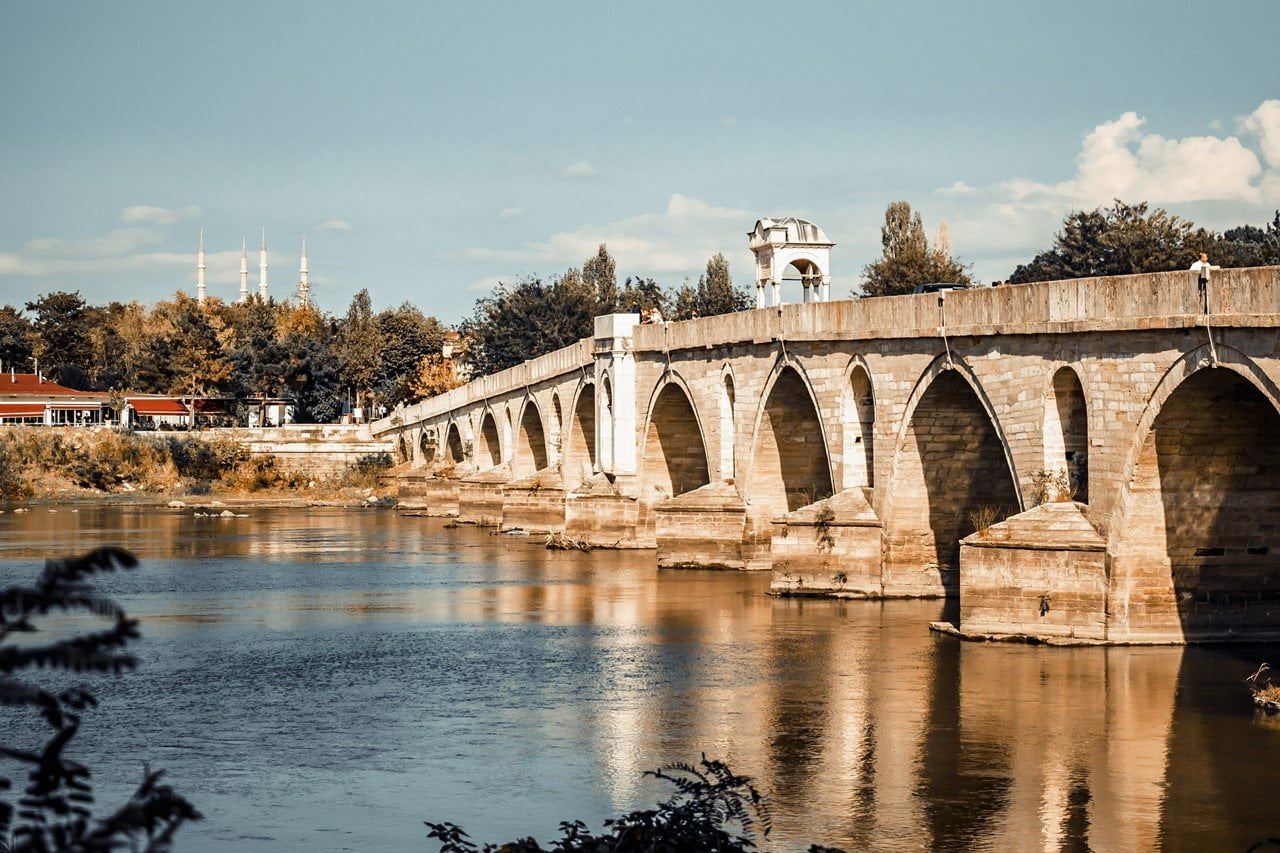
0 Comment